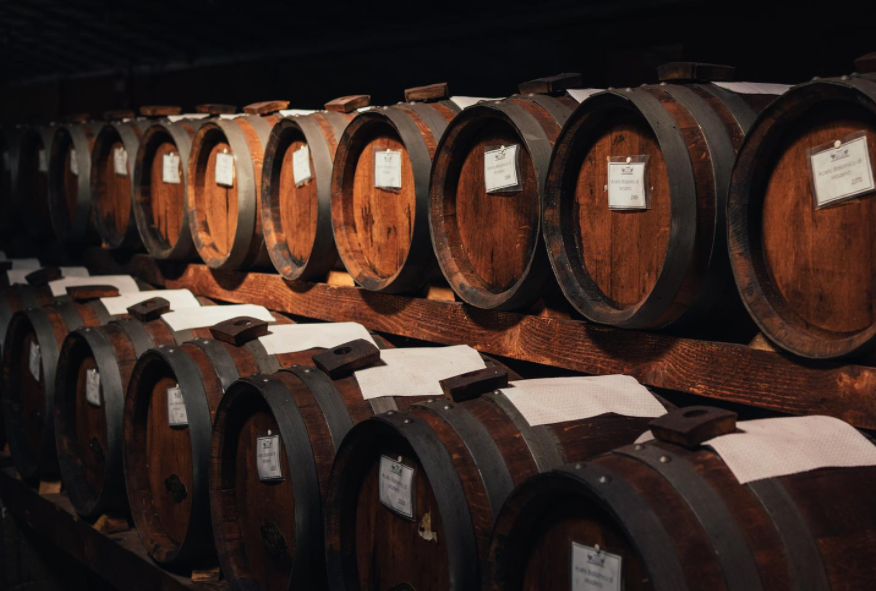The best balsamic vinegar is made in Emilio-Romagna, northern Italy, from grape must using a long, complex process
– A visit to an artisanal producer reveals what goes into making the most sought after DOP balsamic vinegar, and a Hong Kong chef suggests ways of eating it.
An intense dark brown with hints of red gives way to caramel as syrupy drops of one of the world’s finest balsamic vinegars trickle down the creamy folds of a scoop of vanilla gelato, changing colour as they do so.
This vinegar is the ultimate in slow food – waiting for the aceto balsamico tradizionale DOP to emerge from the bottle is a test of patience. But the precious liquid is the product of centuries of expertise, so the few seconds it takes can’t be begrudged.
As with all food products, telling the good balsamic vinegar from the great can be tricky, but the three letters DOP on a bottle, which stand for denominazione di origine protetta – “protected denomination of origin” – guarantee its provenance from this part of north-central Italy.
The words aceto balsamico tradizionale confirm that the contents have been crafted using artisanal methods certified by all-powerful consortiums which control the quality of one of Italy’s oldest protected denominations.
The use of the word “balsamic” for vinegar – from the Latin word balsamum, meaning a soothing, aromatic substance – began in the mid-18th century. But balsamic vinegar was in use many centuries before that to treat ailments from coughs to the plague.
Over the centuries, wealthy local families started making their own vinegars, ageing them in wooden barrels and offering bottles of vinegar as gifts at marriages and births. The vinegars were passed between generations, with an original batch topped up to create a new one.
